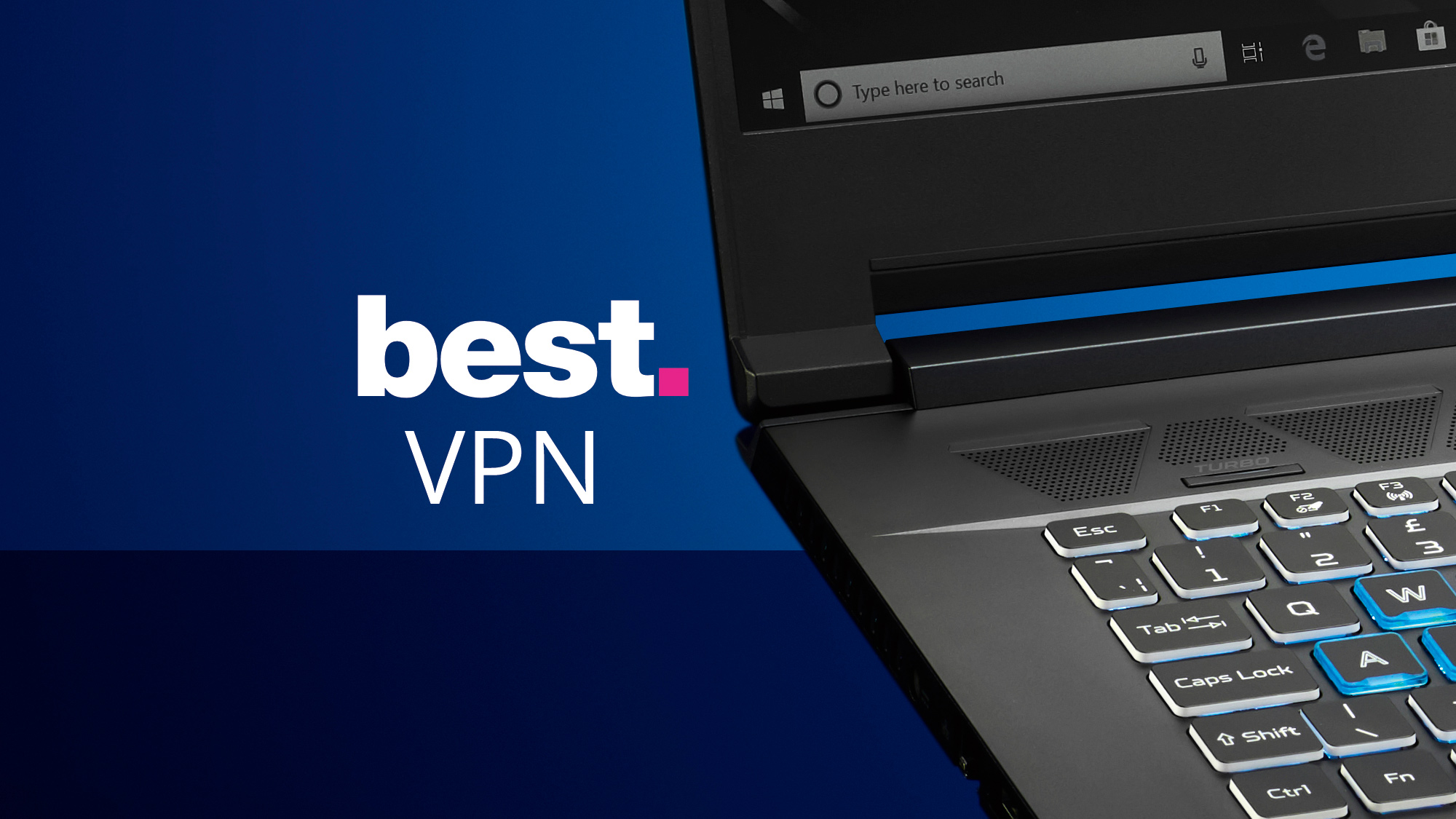NBN stands for National Broadband Network Australia, a national internet service provider in Australia. It uses optical fiber and other technologies to bring more dependable, high-capacity internet to your house and offices, replacing copper lines and cable broadband. With these cutting edge technologies and innovations NBN is now being referred to as Australia’s digital future.
Australian customers care about important changes in the way things are done because there are over 20 million Internet users in this country or roughly 86 percent of the total population.
The first step to maximizing Australian customer service is to realize how the NBN operates and what it offers for the residence or place of business.
Therefore, let’s dive deeper into the National Broadband Network Australia and understand how it works.
Know more about NBN Internet
Australia’s nationwide data network program is known as NBN. If we discuss it in simple words, it is how an Australian population connect to high-speed broadband at the home and office. Service providers link to the NBN, which is a government-owned and -operated wholesale open access network, in order to offer clients high-speed internet access.
NBN necessary for Digital Era
It is a fact that Australia’s current copper network was not created to meet the needs of the twenty-first century.
With the rapidly evolving digital ecosystem and the ensuing rise in demand for quick and dependable connectivity, it was having difficulty keeping up. No matter where you live, the NBN network is intended to give you access to quick and dependable landline phone and internet services.
Now everyone has the chance to be more productive, more original, more successful, and more connected for decades to come with access to the NBN network. It opens up opportunities for business, entertainment, health care, and social interaction industries to expand their operations and become more efficient than ever.
NBN is the network, which serves as Australia’s digital backbone and is continually changing to keep communities and companies connected while also boosting the productivity of Australia.
NBN is removing the obstacles that hinder some of Australia’s most disadvantaged citizens from taking advantage of the benefits because NBN believes everyone should.
NBN takes sustainability seriously because they are aware of how long the firm will last. Sustainability is all about taking care of one another and the environment so that future generations can inherit a healthy planet. NBN strives to run a profitable business so that we can continue to invest in the network all across Australia.
Know how does the National Broadband Network Australia works
The network makes use of several unique technologies. These comprise:
1) Optic Fibre
Optic fibers are tiny glass or plastic strands that use light pulses to transport data. The majority of the NBN will be based on connections made with optical fiber because it can transmit data across vast distances.
2) Fixed Wireless
Fixed wireless is basically the more conventional mode of telecommunication. It moves terrestrial microwave signals between different locations.
3) Satellite
Homes and businesses in remote locations can receive broadband internet service with the help of satellite broadband, which uses a satellite dish to transmit data. In locations where there is no access to fixed wireless or fiber optic networks, this transmission mechanism is used instead.
That’s how NBN works but to ensure that your residential and workplace receive the highest broadband speeds possible, the NBN network does require some careful consideration.
Types of NBN connections
The majority of the data delivered by the NBN is delivered over strands of fiber connectivity. Therefore, the majority of the system depends on fiber connections, which are as follows:
1) Fibre to the building (FTTB)
An office building or apartment complex receives fiber installations from FTTB. In order to deliver broadband service throughout the building, the fiber will terminate at an interior node. The fiber will typically rely on an existing copper telephone system to achieve that and will need a modem to access it.
2) Fibre to the Node (FTTN)
In a fiber-to-the-node (FTTN) connection, the final connection to the NBN access network is made using the already-existing copper phone and internet network from a nearby fiber node.
The fiber node is most likely to resemble a street cabinet. Each street cabinet will enable the NBN access network signal to pass from the exchange to the cabinet via a fiber optic cable and then link with the existing copper network to reach your premises.
3) Fibre to the Premises (FTTP)
FTTP refers to an optical fiber connection that enters a residence and terminates on a Network Termination Device (NTD). The NTD permits up to two phone service providers and four separate data service providers per residence. In order to implement FTTP, either a new cable or a fiber optic connection to the current telephone network is used.
4) Hybrid Fibre Coaxial (HFC)
A hybrid fiber-coaxial cable, often known as an HFC cable, is a type of communication medium that combines coaxial and fiber optic cable-based transmission modes into a single communication line. It provides businesses and individuals with voice, Internet, cable TV, and other digital interactive solutions. Internet, cable TV, and telecommunications firms all use HFC cable.
Summary
No matter where they live in a city, a small town, or a rural location, every Australian has access to high-speed Internet service that is dependable and delivered at reasonable data rates due to the NBN infrastructure. Homes and businesses connect through service providers to the NBN to receive quicker, more dependable phone and Internet access.
Now why are you still waiting? Gain access to the NBN and connect with the outside world to efficiently accomplish your goals.
FAQs
How will my home be connected to the NBN?
Your address will decide this. NBN Co. builds its choice of the best connection type, such as NBN FTTP, HFC, or another type, on the street address you provide.
Using the NBN address checker, you can determine whether the NBN is offered in your location and what kind of technology you will receive.
Additionally, you may use their live NBN rollout map to discover how close the NBN network rollout is to your street and neighborhood.
What are the prices of NBN plans?
NBN plans are available for as little as $29.99 a month, but you may only get NBN 12’s Basic speed and a little amount of data (from 10GB). In general, slower speeds are less expensive, and you can readily find inexpensive NBN plans for under $60, some of which include unlimited data.
Moreover, on the other hand, if you require unlimited data and want additional speed, you can find plans starting at $60 per month and going up to about $90-$100 if you’re looking at NBN 50 or higher options.
Does the NBN require a phone line?
No, unlike with ADSL, a house phone is not necessary with the NBN. Since the NBN does not charge a line rental fee as ADSL does, a home phone is not required. However, if you still want to use your landline number, you can use the VoIP service, which enables network-based calling, to access your home phone through the NBN.
Does NBN installation cost money?
The NBN Co installs the network for free, and you often won’t pay anything to switch your current home phone and internet service to the NBN connection.
The new NBN plan you migrate to will continue to have a monthly fee.






